The bloodiest incidents in History which has the highest number of casualties
The bloodiest incidents in History which has the highest number of casualties
Updated on July 23, 2022 12:11 PM by Anthony Christian

The most violent and bloodiest battles took millions' lives in history. These battles are ranked in number as they have held the maximum casualties. These battles are the evidence of the power-hungry humankind from every era, which has caused the lives of thousands and millions. Humankind has always been intolerant toward each other and harbored insatiable hunger for power.
Battle of Gaugamela (Mosul, Iraq)
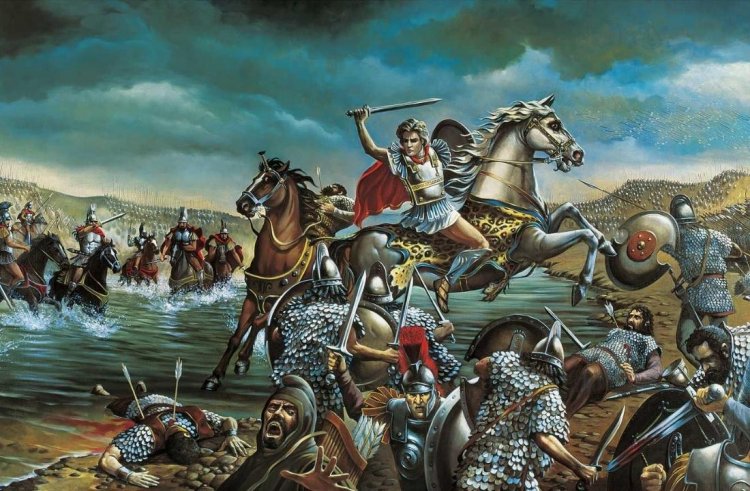
The Achaemenid Empire fell under the conqueror Alexander the Great. Alexander led his army against Persian King Darius III on October 1, 331 B.C.E; the place of war was Gaugamela, located in Mosul, Iraq. The Battle of Gaugamela occurred in 331 B.C.E when Alexander the Great was hellbent on conquering the first Persian Empire.
Add Block
The historical war in Iraq

Alexander led the battle with his fifty-thousand men, whereas the Persian army was more than one hundred thousand troops. However, Alexander won the war due to his organized tactics and killed thousands of Persian soldiers. Alexander successfully brought Babylon and much of Persia under his control through this bloody heroic battle.
Battle of the Thermopylae (Greece)
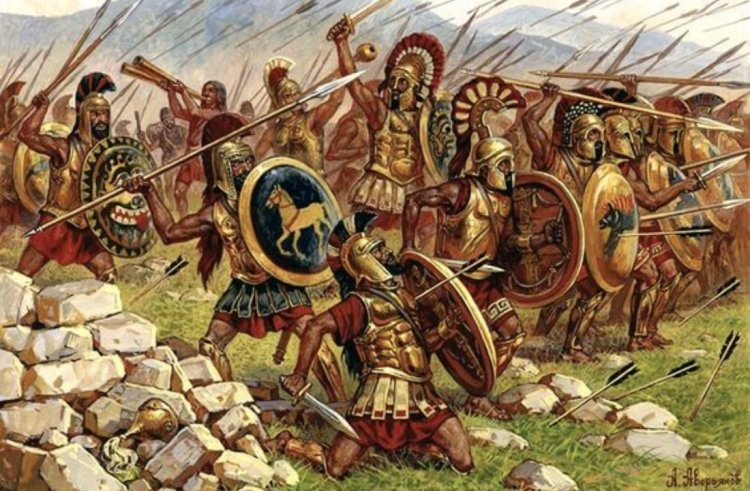
The Battle of Thermopylae took place in 480 B.C.E, where the Spartan king Leonidas I took his fellow Spartans into the war against the Persian king, Xerxes. There were seven thousand Spartans, and the Persians were over one hundred thousand. A turncoat leaks a piece of information to Xerxes about a secret path that was already decided to be crossed by the men of Leonidas. However, Xerxes had already prepared his men down the track and killed the ten thousand Spartans, with Xerxes taking the head of Leonidas I.
Add Block
Battle of Tours or Poitiers (France)
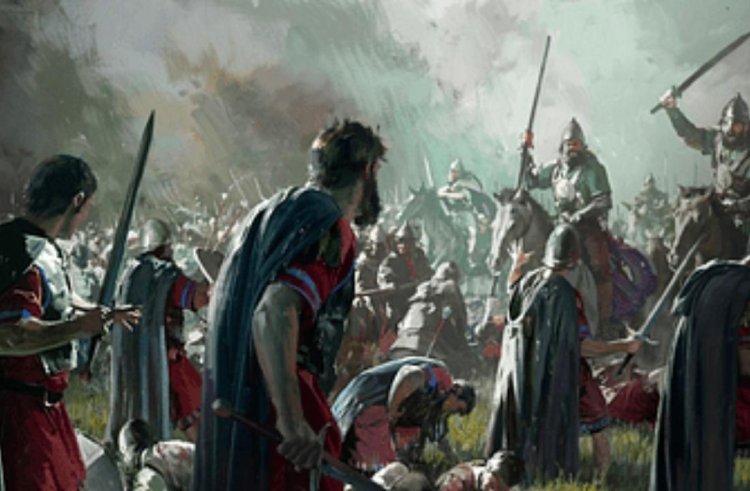
The Battle of Poitiers took place in 732 AD in an attempt to expand the Umayyad Caliphate. The battle occurred between the Tours and Poitiers region, a part of modern France, in later territorial divisions in Europe; the Poitiers region was located in Gaul, where the battle occurred. Abdul Rahman Al-Ghafiqi led the Umayyad Caliphate against the Franks and Aquitaine forces by Charles Martel. The al-Andalus governor Al-Ghafiqi was killed in the fight, and tens and thousands of soldiers died. The victory was not just for Charles Martel but also for Christianity in Europe.
Add Block
Battle of Cajamarca (Present-day Peru)
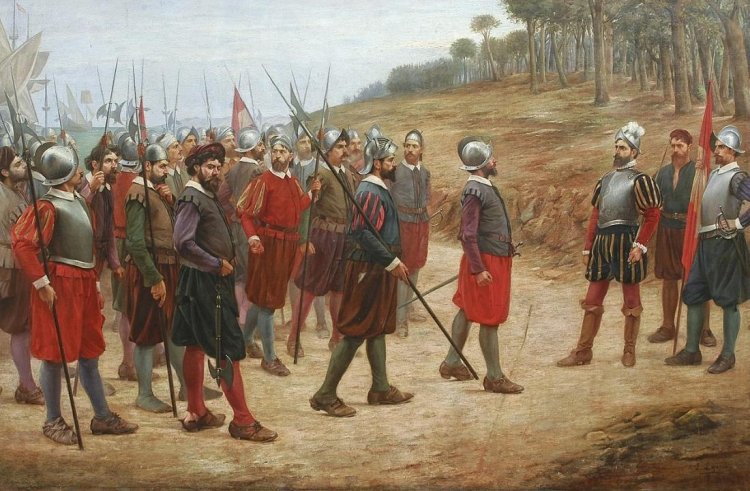
The Battle of Cajamarca occurred in 1532 when the Inca ruler Atahualpa was ambushed by the Spanish force led by Francisco Pizzaro. The Conquistador Pizzaro entered the empty city and set a trap of 106 infantry and 62 cavalry men; They were armed with 12 firearms, four cannons, and many swords. The battle is also known as the massacre of Cajamarca.
The dangerous ambush
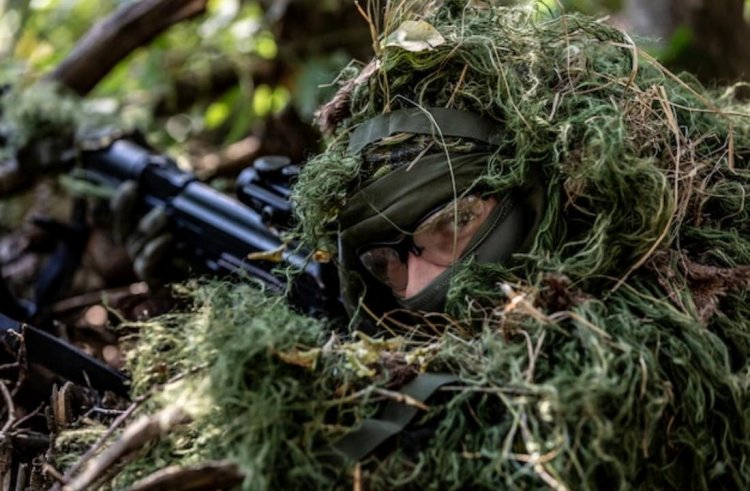
Atahualpa was unarmed as he entered the city with his royal entourage. He kept his armed men outside the town trusting Francisco Pizzaro to enter without any ammunition for protection. The armed Incas fled to their kingdom, and this seizure turned out to be one of the most pathetic ones as one of the largest Empires of his time was conquered by Pizzaro. Thousands of Incas were killed during the seizure, and Francisco Pizzaro captured Atahualpa.
Add Block
The Battle of Trafalgar (Spain)

The Battle of Trafalgar took place in Spain in 1805, where the British Vice Admiral Horatio Nelson went neck-to-neck with Napoleonic France and Spain at Cape Trafalgar, Spain. The Britains brought in thirty-three ships and fought against forty-one ships. The navy war was nasty, and many lives were lost during the battle.
Add Block
The casualties in the war

Three thousand navy troops of Napoleon Bonaparte drowned in the storm, which turned out to be one of the most tricky victories for Britain during the Napoleonic Wars. A French navy troop killed Lord Horatio Nelson, and 500 British navy troops died. On the other hand, France and Spain lost more than three thousand dead navy armies.
The Battle of Waterloo (Present Day-Belgium)

The invasion of France feared Napoleon Bonaparte so much that he struck a battle against the other European powers in the Netherlands. When Napoleon Bonaparte came to power in March 1815, the other European powers were not happy with him and formed a combined force against him called the Seven Coalition.
Add Block
The Seven Coalition
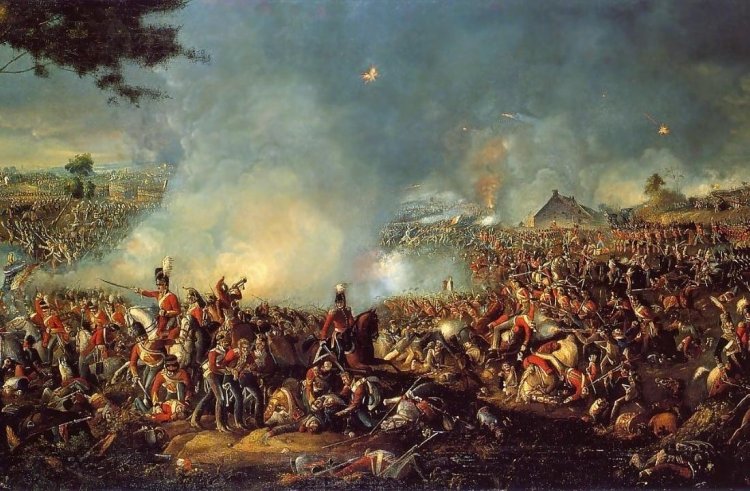
The Battle of Waterloo started on June 18, 1815, with Napoleon bringing in seventy-three thousand troops, whereas the Coalition had one hundred and eighteen thousand army troops. The forces came together from the Netherlands, United Kingdom, Prussia, Hanover, Nassau, and Brunswick. Napoleon couldn't win, as he suffered a devastating loss with one-third of the army killed and others maimed for life. This battle was a heartbreaking defeat for Napoleon, which forced him into exile.
Add Block
The Battle of Gettysburg (Pennsylvania)
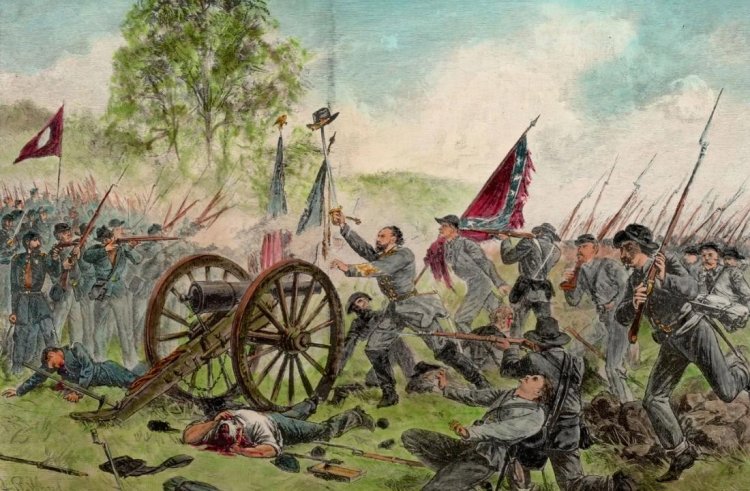
The Combat of Gettysburg took place in 1863 and is one of the pioneer battles in the American Civil War. Confederate General Robert E Lee’s Army of Northern Virginia attacked the army of Major General George Meade of Potomac. Initially, the Confederates were winning, but, later on, George Meade's army beat Robert E Lee’s army out. The Confederates were never able to invade the north and were met with the bloodiest defeat. It was one of the bloodiest battles in the history of the American Civil War.
Tet Offensive (South Vietnam)

The Tet Offensive war took place in 1968; between North Vietnamese and Viet Cong troops, the Tet offensive was against the South Vietnamese and the U.S. military. The attack happened on the Vietnamese New Year, known as Tet. The highly coordinated Northern communist force attacked and destroyed over 100 villages and cities. However, it was one of the clearest milestones in the Vietnam War. Even though the South Vietnamese and the U.S. military won the battle, this war took millions of lives. The North Vietnamese politically won the battle.
Add Block
Battle of Stalingrad (Soviet Union)
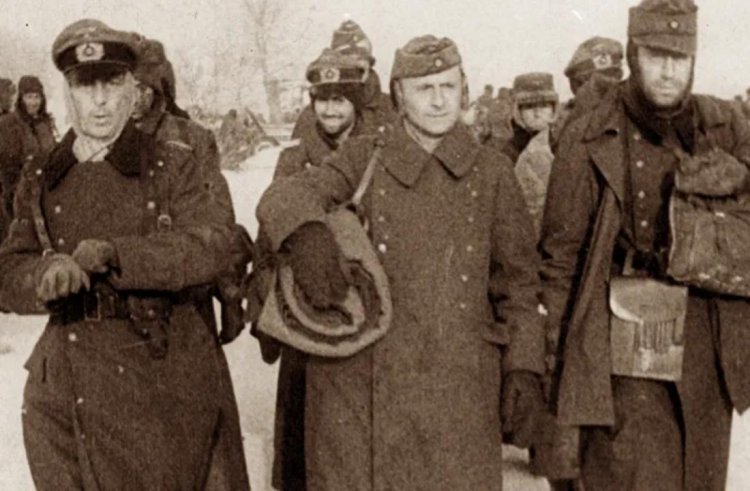
Nazi Army led the Battle of Stalingrad against the Soviet Union during World War II. It was from 1942 to 1943, killing millions during the battle. Nazi Germany wanted to invade Russia but got the thrush in the Stalingrad as Soviet Union army men were standing there with their forces against Hitler’s force. Stalingrad is now known as Volgograd; the battle is one of the bloodiest and nastiest warfare with the longest tenure in modern history.
Add Block
The weakness of Nazis

The war began on August 23, 1942, and ended on February 2, 1943, causing millions of deaths from both allies and axis sides. The Nazis hit below the belt by targetting the Russian civilians as they forced their entry into the Russian city. Nevertheless, the Nazi soldiers met with initial success. Still, the Russian winter killed more than half of the German soldiers as they were not equipped with enough clothes and ran out of rations during the eyelash-chilling winter of Russia.
The victory of Russia

The Russians saw this weakness of the Nazis and successfully forced the leftover Nazis out of Stalingrad. It is a turning point in history; the battle met the Soviets with one million casualties as of the official records. Unofficially the death toll is much higher among the Nazis and the Soviet armies.
Add Block
The Battle of Normandy (France)

One of the greatest battles in the history of the navy wars, the Battle of Normandy, is also known as Operation Neptune. They fought it back in 1942 during World War II. On June 6, 1944, the allies' army went on a surprise attack on Nazi-occupied France. They attacked the Nazi soldiers by soaring through the sky and swimming through the sea.
Add Block
The airborne and waterborne battles
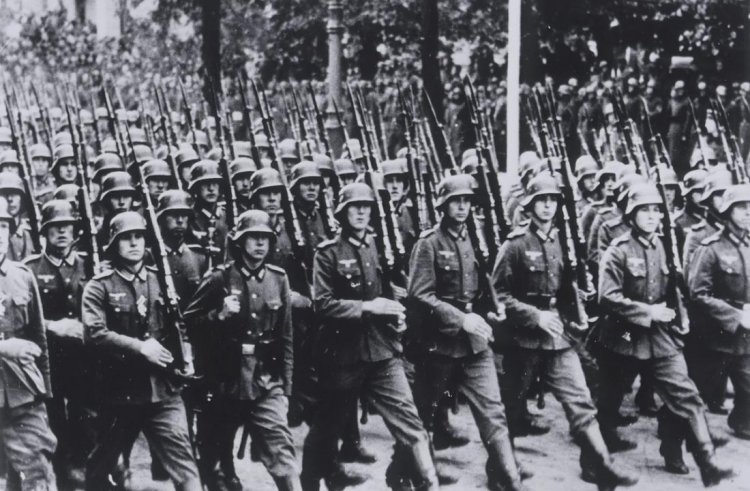
It is one of the bloodiest airborne and waterborne battles in the history of humanity. It is referred to as Doom’s Day and has an uncountable number of casualties on its list. On the first day, the Allies invaded the Nazi army with 156 thousand soldiers. This sudden invasion caused a stir amongst the Nazi army as the raid continued until mid-July.
The crushing of Nazis

A total of 1.3 million troops of Allies against 380 thousand Nazi soldiers; as a result, the Nazis couldn’t stand a chance against the invading army. It was one of the first crushing defeats of Hitler’s Germany, considered a pioneering victory among the known historical wars.eme exclusivity.





